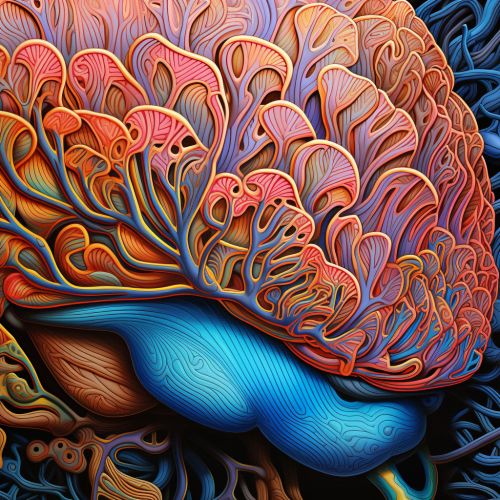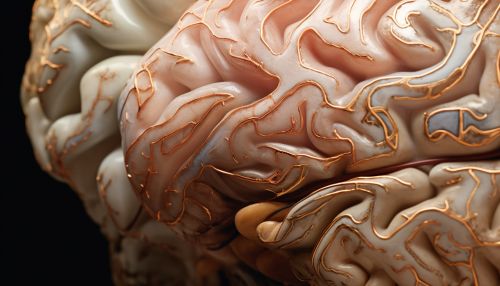Visual Cortex
Anatomy of the Visual Cortex
The visual cortex of the brain is the area responsible for processing visual information. It is located in the occipital lobe, in the back of the brain. The visual cortex is divided into two primary areas: the primary visual cortex (also known as V1) and the secondary visual cortex (also known as V2).


The primary visual cortex is the largest visual area in the human brain and is the primary area responsible for receiving visual information from the retina. It is located in the calcarine sulcus, a deep fissure in the occipital lobe. The primary visual cortex is responsible for processing basic visual information such as color, orientation, and motion.
The secondary visual cortex is located adjacent to the primary visual cortex and processes more complex visual information. It is involved in the interpretation of visual information, such as recognizing objects and faces.
Function of the Visual Cortex
The visual cortex processes visual information by receiving and interpreting signals from the eyes. These signals are transmitted from the retina to the primary visual cortex via the optic nerve and the lateral geniculate nucleus of the thalamus.
The primary visual cortex then processes this information and sends it to the secondary visual cortex. The secondary visual cortex further processes this information and sends it to other areas of the brain for further processing and interpretation.
The visual cortex is also involved in visual perception, the ability to interpret the surrounding environment using light in the visible spectrum reflected by the objects in the environment. This is a complex process that involves several different areas of the brain.
Disorders of the Visual Cortex
Disorders of the visual cortex can lead to a variety of visual impairments. These can range from minor visual disturbances to complete blindness. Some common disorders of the visual cortex include cortical blindness, visual agnosia, and hemianopsia.
Cortical blindness is a loss of vision caused by damage to the primary visual cortex. This can result from a variety of causes, such as stroke, traumatic brain injury, or neurological disorders.
Visual agnosia is a disorder characterized by an inability to recognize objects, despite having normal vision. This is typically caused by damage to the secondary visual cortex.
Hemianopsia is a loss of vision in half of the visual field. This can be caused by damage to the visual cortex or to the optic pathways leading to the visual cortex.
Research and Future Directions
Research into the visual cortex and its functions continues to be a major focus in neuroscience. This research has led to significant advances in our understanding of visual processing and perception.
Future research directions include the development of treatments for disorders of the visual cortex, as well as the development of technologies to enhance or restore vision. This includes the development of brain-computer interfaces that could potentially bypass damaged areas of the visual cortex and restore vision.
